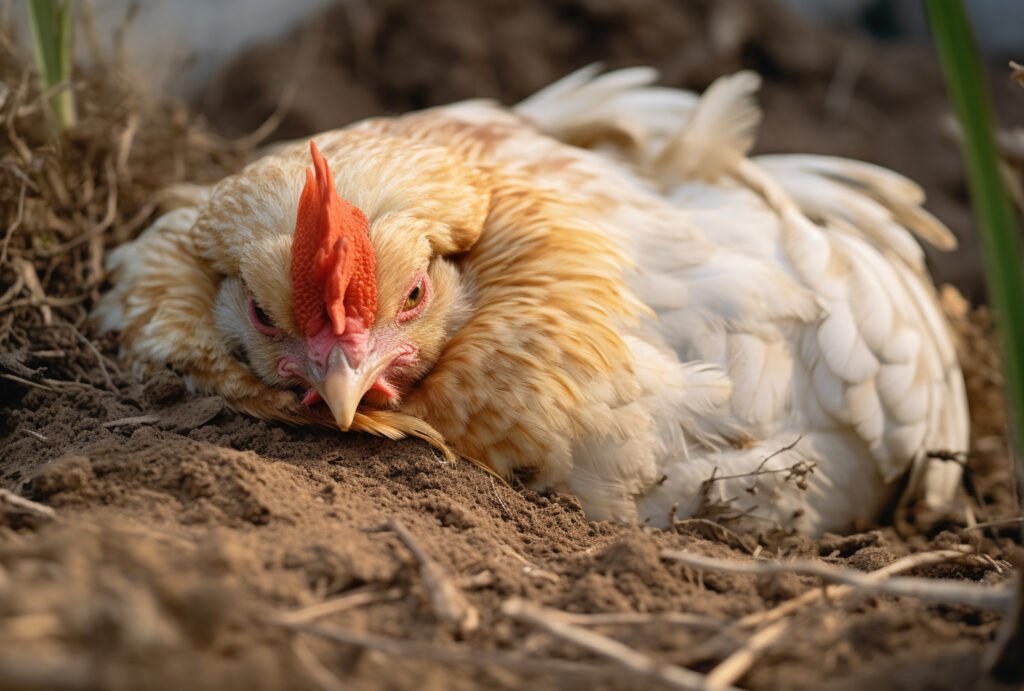Introduction to Avian Influenza
Avian influenza, commonly known as bird flu, is a type of influenza A virus that primarily affects birds but can also infect humans and other animals. The virus is highly contagious among birds and can have severe economic impacts on poultry farming and agriculture. Understanding avian influenza is crucial for both public health and the agricultural industry.
Avian influenza virus, commonly known as bird flu, encompasses a diverse group of influenza viruses that primarily infect birds. These viruses can range from mild to severe in terms of the illness they cause in poultry. In rare cases, certain strains of avian influenza viruses can infect humans and cause severe respiratory illness. Due to the potential for these viruses to mutate and spread rapidly among birds, they pose significant concerns for both animal health and public health.
Avian influenza viruses are classified into different types (A, B, and C), with type A viruses being the most common and most relevant to public health. Within type A, there are various subtypes based on the combination of two proteins on the virus surface: hemagglutinin (H) and neuraminidase (N). For instance, the H5N1 and H7N9 subtypes have been of particular concern due to their ability to cause severe disease in both birds and humans.
Preventing the spread of avian influenza involves strict biosecurity measures in poultry farms, surveillance of wild bird populations, and prompt culling of infected birds to minimize transmission. Vaccination of poultry can also help prevent outbreaks, although the effectiveness of vaccines can vary depending on the virus strain and the specific vaccine used.
In terms of human health, the risk of avian influenza outbreaks varies depending on the virus strain and its ability to transmit from birds to humans. Direct contact with infected birds or their contaminated environments is the primary mode of transmission to humans. While human-to-human transmission of avian influenza viruses is rare, it can occur in limited circumstances, raising concerns about the potential for a global pandemic if a highly transmissible and pathogenic strain were to emerge.
Health authorities around the world monitor avian influenza outbreaks closely and collaborate through international networks to detect and respond to potential threats swiftly. This coordinated effort involves rapid diagnosis, implementation of infection control measures, and development of antiviral medications to treat affected individuals.
In conclusion, while avian influenza viruses primarily affect birds, certain strains can pose significant risks to human health. Vigilance in surveillance, biosecurity, and public health preparedness is crucial to mitigate the impact of these viruses on both animal and human populations.

What is Avian Influenza?
Definition and Background
Avian influenza is caused by influenza A viruses, which belong to the Orthomyxoviridae family. These viruses are classified based on two proteins found on their surface: hemagglutinin (H) and neuraminidase (N). There are 18 different hemagglutinin subtypes and 11 different neuraminidase subtypes, leading to various combinations like H5N1, H7N9, and H5N8.
Transmission
Bird flu viruses are primarily spread through direct contact with infected birds or their secretions, such as saliva, nasal secretions, and feces. Contaminated surfaces and water can also play a role in transmission. While human infections are rare, they can occur through close contact with infected birds or contaminated environments.
Symptoms of Avian Influenza in Birds and Humans
In Birds
- Respiratory distress: Coughing, sneezing, and nasal discharge
- Decreased egg production: A notable drop in egg laying
- Swelling: Around the head, neck, and eyes
- Diarrhea: Watery and greenish stools
- Sudden death: High mortality rates in severe cases
In Humans
- Fever: Often above 100.4°F (38°C)
- Cough: Persistent and severe
- Sore throat: Pain and irritation
- Muscle aches: Generalized body pain
- Shortness of breath: Difficulty breathing in severe cases
- Conjunctivitis: Red, itchy eyes
- Diarrhea: In some cases
Avian Influenza vs. Pneumonia
Similarities
Both avian influenza and pneumonia can cause respiratory symptoms such as coughing, fever, and difficulty breathing. They can both lead to severe complications if not treated properly.
Differences
- Cause: Avian influenza is caused by a virus (influenza A), whereas pneumonia can be caused by bacteria, viruses, or fungi.
- Transmission: Avian influenza is primarily transmitted from birds to humans, while pneumonia is often transmitted from person to person.
- Treatment: Antiviral medications are used for treating avian influenza, whereas bacterial pneumonia is treated with antibiotics.

Types of Avian Influenza
Highly Pathogenic Avian Influenza (HPAI)
HPAI viruses, such as H5N1 and H7N9, cause severe disease and high mortality rates in birds. These strains are also more likely to cause severe illness in humans.
Low Pathogenic Avian Influenza (LPAI)
LPAI viruses cause milder disease in birds and are less likely to infect humans. However, they can mutate into HPAI strains under certain conditions.
Prevention and Control
In Birds
- Biosecurity measures: Implementing strict hygiene practices in poultry farms
- Vaccination: Vaccinating birds against avian influenza
- Culling: Removing infected or exposed birds to prevent the spread
In Humans
- Avoiding contact: Minimizing exposure to infected birds and contaminated environments
- Personal protective equipment (PPE): Using masks, gloves, and other protective gear when handling birds
- Vaccination: Seasonal flu vaccines and specific avian influenza vaccines for high-risk individuals
Global Impact and Response
Economic Impact
Avian influenza outbreaks can lead to significant economic losses due to the culling of poultry, trade restrictions, and decreased consumer confidence in poultry products.
Public Health Response
- Surveillance: Monitoring bird populations and human cases to detect outbreaks early
- Research: Developing vaccines and antiviral drugs to combat avian influenza
- Public awareness: Educating the public about preventive measures and symptoms

conclusion
Avian influenza remains a significant concern for both animal and human health. Understanding the virus, its transmission, symptoms, and preventive measures can help mitigate its impact. Continuous surveillance, research, and public awareness are essential in controlling and preventing avian influenza outbreaks.
Related Queries
What are the symptoms of avian influenza in humans?
Symptoms include fever, cough, sore throat, muscle aches, and shortness of breath.
How does avian influenza spread among birds?
The virus spreads through direct contact with infected birds or their secretions.
Can avian influenza be treated?
Antiviral medications can be used to treat avian influenza in humans.
What is the difference between avian influenza and human influenza?
Avian influenza primarily affects birds and can occasionally infect humans, whereas human influenza is a common respiratory illness caused by seasonal flu viruses.
What preventive measures can be taken to avoid avian influenza?
Avoiding contact with infected birds, using PPE, and vaccination are key preventive measures.
Can humans get avian flu?
Yes, humans can get avian flu. Avian influenza viruses primarily infect birds but can occasionally infect humans who come into close contact with infected birds or their environments. The risk to humans depends on the specific strain of the virus and its ability to transmit from birds to humans. In some cases, avian influenza viruses have caused severe illness and even death in humans.
What is the cause of avian influenza?
Avian influenza, or bird flu, is caused by influenza viruses that primarily infect birds. These viruses belong to the influenza virus type A, which is further categorized into different subtypes based on two proteins on the virus surface: hemagglutinin (H) and neuraminidase (N). The avian influenza viruses can vary in their ability to cause disease, ranging from mild illness in birds to severe outbreaks that can affect poultry populations and, in rare instances, humans.
What does H5N1 stand for?
H5N1 refers to a specific subtype of avian influenza virus. The “H” stands for hemagglutinin, which is a protein found on the surface of the virus that allows it to bind to host cells. The “N” stands for neuraminidase, another protein on the virus surface that helps the virus replicate and spread within the host. H5N1 is one of the subtypes that has caused severe outbreaks in poultry and sporadic cases of human infection with high mortality rates.
Which type of influenza is avian?
Avian influenza, commonly known as bird flu, belongs to influenza virus type A. Influenza viruses are categorized into types A, B, and C based on their genetic and antigenic properties. Avian influenza viruses fall under type A and are further classified into different subtypes based on their hemagglutinin (H) and neuraminidase (N) proteins. These viruses primarily infect birds, but some subtypes can infect humans and other mammals as well.


